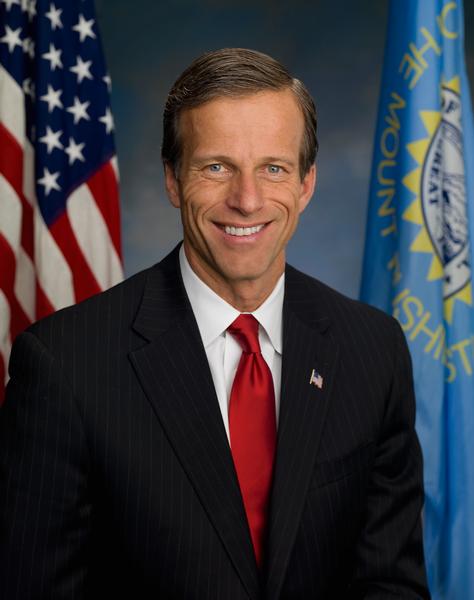
Pain at the Pump
By Sen. John Thune
Inflation hit 8.5 percent in March, the highest it’s been since 1981, and it’s hitting families where it hurts. From utilities and other monthly bills to beef and eggs to cars and airline fares – folks are paying more for just about everything right now.
One of the price hikes hitting Americans the hardest is the increase in the price of gas. I continue to hear from South Dakotans who tell me about the tremendous toll these high fuel costs have on their household budgets. The national average for a gallon of gas has been over $4, and for working families, these rising costs could mean reprioritizing their spending and adding more stress when it comes to making rent and filling the tank.
Our country is in an energy crisis. If you ask the Biden administration, it will point to Russia’s invasion of Ukraine as the primary cause for sky-rocketing prices in an attempt to deflect from its long-standing assault on domestic energy production. American families and small businesses know better, though – they’ve been coping with soaring energy bills since last fall.
President Biden made his attitude toward conventional energy production clear on day one when he cancelled the Keystone XL pipeline, and since then, his administration has tried to make it more expensive and more difficult to tap into America’s abundant energy resources. Rather than embracing homegrown energy, the president has pursued an agenda that is hostile to it. Instead of prioritizing American energy independence, he has focused almost exclusively on alternative energy technologies, including what seems to be an obsession with electric vehicles, which his administration has clearly picked as its preferred winner in the clean-energy stakes.
The fact of the matter is, our nation is not going to magically transition to a 100 percent zero-emission energy fleet overnight, no matter how much the administration would like it to. From technological advancements and supplying critical minerals to upgrading our electric grid and energy storage, this is going to take time, and liquid fuels aren’t going away in the near term. Right now, consumers need affordable and reliable energy supplies to power their homes and businesses and low-cost fuel options to fill their vehicles.
For months, I have been calling on the Biden administration to leverage American biofuels as one way to reduce the pain at the pump. In March, I led a bipartisan letter with Sen. Dick Durbin (D-Ill.) urging President Biden to unleash American biofuels and permit the year-round sale of E15 fuel in order to reduce the United States’ reliance on foreign sources of energy. I’m glad to announce that he finally listened to my repeated calls and extended E15 sales this summer. This is a step in the right direction toward providing some near-term relief for consumers while also utilizing American agriculture as an energy and environmental solution. This is important progress, but at the end of the day, we need an all-of-the-above energy strategy to ensure long-term independence, and we need the president and his administration to join us.
High gas prices and other energy costs directly contribute to many price increases throughout the supply chain. For example, manufacturers who face higher transportation costs are forced to pass at least some of those increased fuel costs on to consumers in the form of higher prices for goods. On top of record-high inflation, which has outstripped wage growth, resulting in a de facto pay cut for many Americans, families across South Dakota are having to dig deep into their pocketbooks to make ends meet.
I will continue supporting policies that would put our country back on track to once again achieving complete energy independence and provide relief to consumers by lowering gas prices. I hope that the shocking inflation and energy crises that Americans continue to face will resonate with Democrats and help redirect their attention to issues that are impacting Americans the most.
###

At my age, I do not expect to see transportation modes going totally electric. BUT IF it gets to that point, people are going to forget to ‘plug up’ and may run outta charge before getting to the next charging station. So I just gotta ask, will there be specialized cans that folks can walk to a charging station with and then fill up on electricity to being back to their vehicle?
Portable charging packs have been released, yes. Production is slow going, but appears to be picking up momentum with EC’s increasing adoption.
Where does electricity come from? How are electric grids going to handle the amount of vehicles? How is lithium obtained for these batteries? Are these batteries biodegradable? How are these vehicles supposed to work in rural areas? All questions that no green advocate cares to address.
Dirty energy lobbyists claimed developing tar sands would protect our national energy security and bring U.S. fuel prices down. But environmental reviews by both the Obama and Trump administrations concluded that the Keystone XL pipeline would not have lowered gasoline prices. NRDC and its partners also found the majority of Keystone XL oil would have been sent to markets overseas—aided by a 2015 reversal of a ban on crude oil exports.